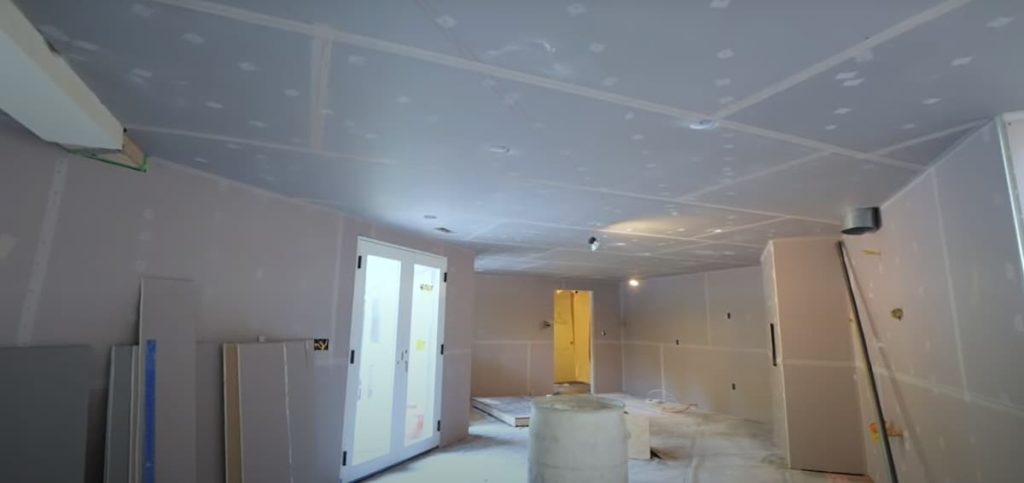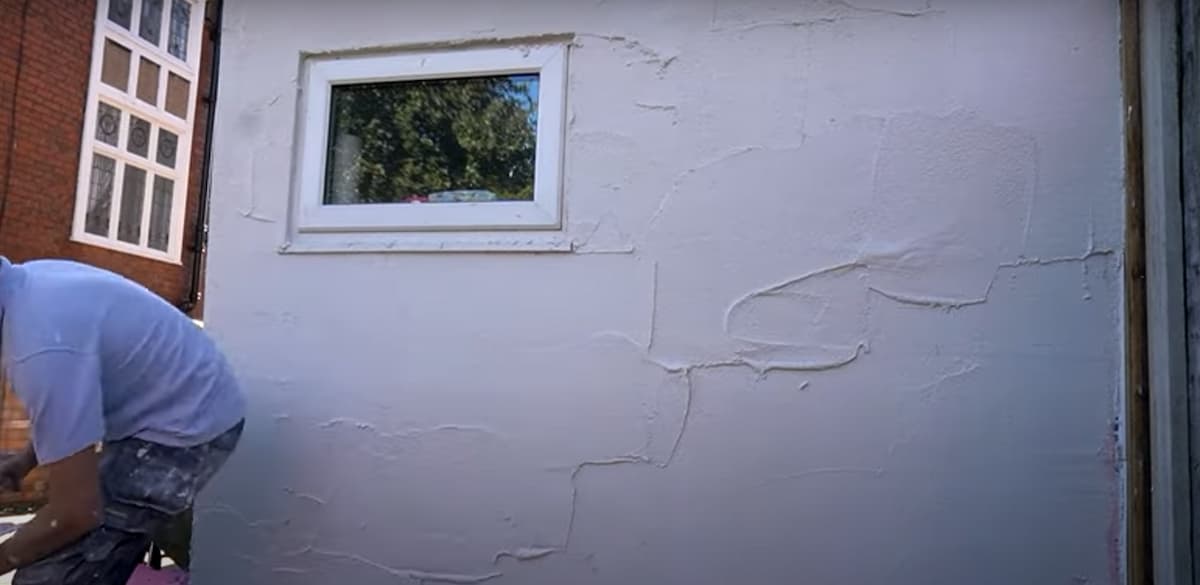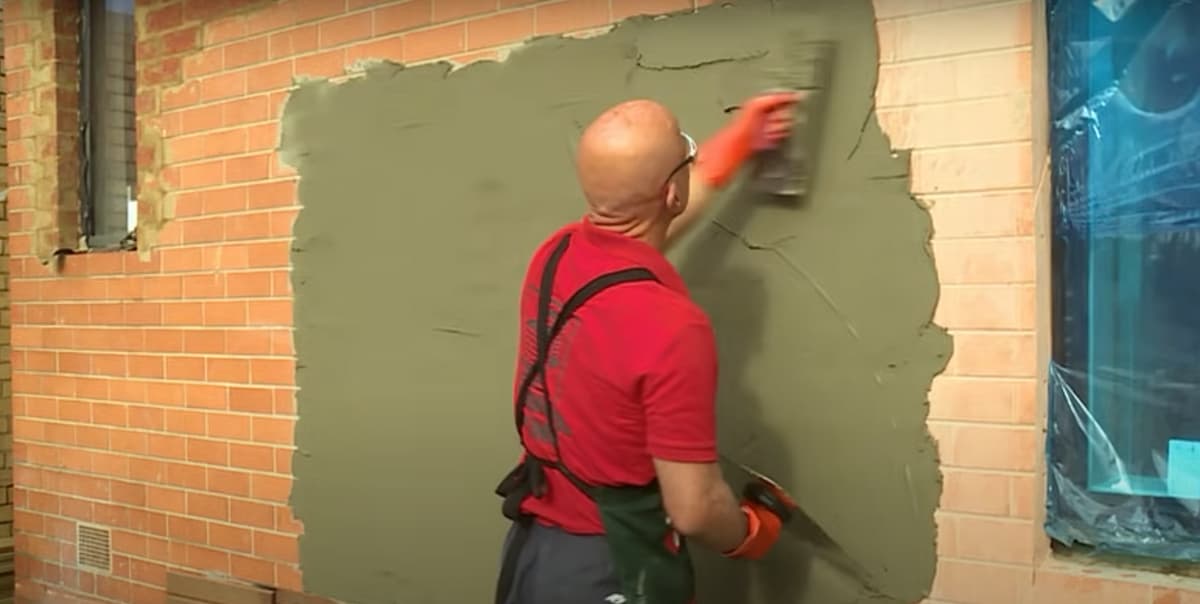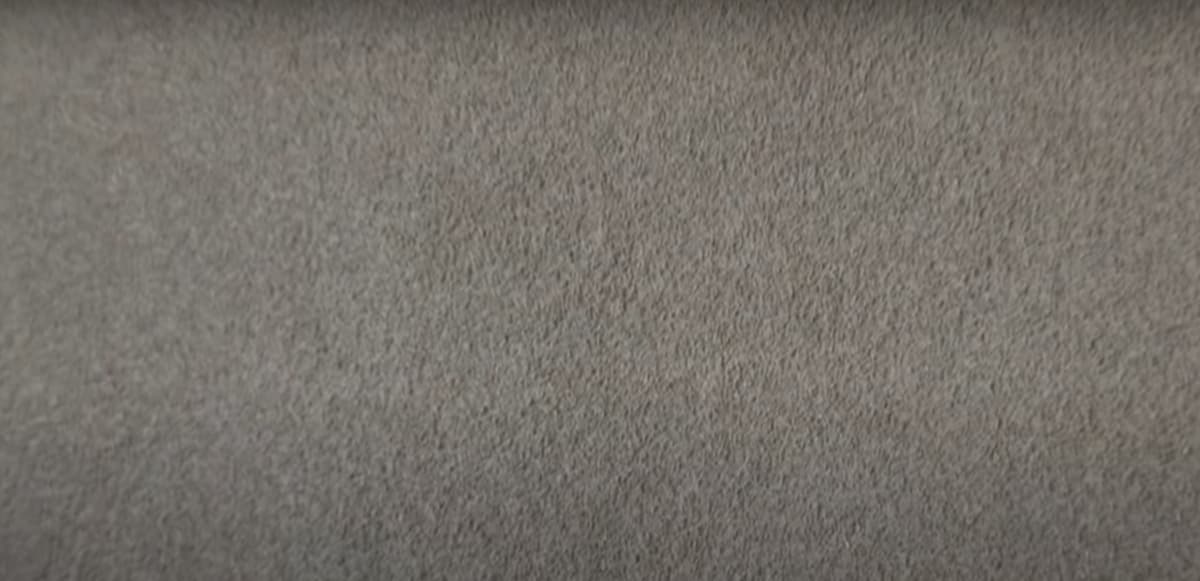
Do you need a blue board rendering solution? You’ll need to know how to prepare the surface, what render product to use, and how to apply the render to the blue board before you start working. Also, remember that if you don’t have DIY abilities or time for this task, it’s probably best to hire a professional.
Cement boards are a popular alternative to green or blue boards in certain sections of the house. Green and blue boards, on the other hand, are frequently and equally utilized in construction, and they can sometimes be a superior option. While all three boards have several common uses, they differ significantly from one another.
Before we get down to business, let’s first figure out what a blue board is.
What is Blue Board?
Blueboard is a type of drywall or plasterboard sheet that is approximately 7.5 mm thick that is used to line the external walls of a building as a type of cladding. It is typically nailed or fixed to a timber or steel frame which provides the structural support. It is named after the blue-coloured paper covering, which serves as plaster or renders adhere. It’s made from two thick sheets of paper sandwiched between a layer of gypsum and another sheet of paper to create it.
The acoustic ceiling tiles are installed on a light-blue board. It’s a type of drywall plaster that can protect against scrapes and dents when used alone. Blue board may also conceal seams or joints between wall panels. It’s not waterproof or water-resistant, so it could potentially be destroyed to do this. Builders appreciate working with it since it is lightweight, quick to install, and only needs plaster and tape on the seams instead of joint compound.
Blue colored paper covering rendering solution is used to improve the appearance of walls or ceilings. The primary objective of this technique is to smooth out irregularities in the wall and ceiling surfaces, so it’s important that coarse sheets are removed during preparation for creating a smooth canvas.
What is Traditional Green Drywall?
Green boards are manufactured with a paper covering that is waterproof or water-resistant. It’s flexible, unlike blue board. It is built in the shape of tiles and cut to size, just like other types of drywall sheets. Greenboard can be used by itself within a room without the need for any additional cladding except at floor level. However, it’s also normally installed with plaster or render. Wet or damp applications could never be used with the blue board as the water may cause the gypsum to swell and the board may eventually disintegrate.
Where to Use Blue Board Cement Sheets?
You have a lot of alternatives for putting a blue board to use in different situations. It’s also worth noting that, because blue boards are not resistant to moisture, they’re ideal for indoor applications. Instead of putting them on the outside of a home or shed. While you may cover the blue boards with another layer of drywall to protect them, if you do so outside of a building, regular drywall may not be sufficient.
If you’re just picking out the ceiling, there are better choices, such as interior blue boards or a 2nd layer of standard drywall paint to achieve that seamless appearance. Construction is a big challenge because it is so durable. Blue boards can be used to insulate walls or even floors since they are capable of withstanding a wide range of pressures. There are also modifications to its wetness vulnerability that can make it even more important in building.

Blue Board Sheets Help Reduce Noise
Blue boards, owing to their thickness, may provide noise-cancelling properties. This capability is ideal for music rooms or recording studios. It’s also excellent for bedrooms where noisiness may not travel throughout the house.
Blue boards are more than just for the walls. To enhance noise cancellation, use the plasterboards beneath floorboards. If you cover both the floor and the walls with blue boards, no noise may be able to enter or exit. An asbestos insulating board can be used to shield your home. For example, with the help of blue boards, you can construct soundproofing walls or partitions between rooms.
Blue Board Cement Board Could Provide a Solid Foundation
Blue boards, on the other hand, can be used in conjunction with virtually any drywall structure. Veneer plaster is required as a bond coat, with layers of plaster or drywall then later applied on top to keep the runny paint from seeping into seams.
Blue boards are meant to adhere to that sort of application faster and more firmly than other colours. To make your blue board panels less water-absorbent, you could also cover them with a plaster skim. Asbestos cement sheeting typically doesn’t require an adhesive. It can be stapled or nailed to the walls, fastened with staples rather than screws, which may diminish the absorptive qualities of blue boards.
When you’re taping your seams for additional noise cancellation, choose white tape since it’s more reflective. This doubles as insulation and soundproofing. You can even use mesh if you prefer that modern look. Cover the whole room including the baseboards and doorways to keep out all noise vibrations. The added floor surface area also helps enhance its properties, but only if underneath is carpeted or another material besides bare cement board.
Where are Blue Board Cement Sheets Used?
Unlike other drywall sheets, blue boards are the only ones that can be taped without any additional treatment. This makes them a lot more convenient to use, and they’re also very inexpensive. They’re commonly used in ceilings because they provide an unusual type of support structure. Blue board drywall is routinely applied by authorities like hospitals and nursing homes during reconstruction projects since it serves to create a smooth collision barrier for patients or inmates who wander off into other rooms or floors.
The cement sheets are often utilized during water damage restoration jobs to quickly give emergency teams added drywalling material until replacement parts can be obtained. If you need something quick yet reasonably durable, this may be your best option.
Is Blue Board Waterproof?
Another benefit of blue boards is that they’re waterproof and mildew-resistant, with high resistance to mould. This makes them excellent for kitchens or bathrooms, places where water is everywhere and moisture levels may be kept down. Moisture resistant drywall is recommended in these areas.
That’s why blue board drywall has actually been used in submarines, undersea laboratories and other such facilities. It has the ability to resist the pressure caused by water or any other liquid, making it an easy choice when building something like a retaining wall. The blue board material also doesn’t emit toxic gas when exposed to high heat, which can still happen during fires. With this in mind, blue boards are often recommended for use in electrical boxes and fuse boxes because their fireproof nature may prevent sparks from setting off ablaze.
Blue boards can also be used as ceiling tiles as long as you include the right type of adhesive, such as asphalt or asphalt-based. Otherwise, your blue board ceiling may be extremely flammable and dangerous to the lives of your entire family.





